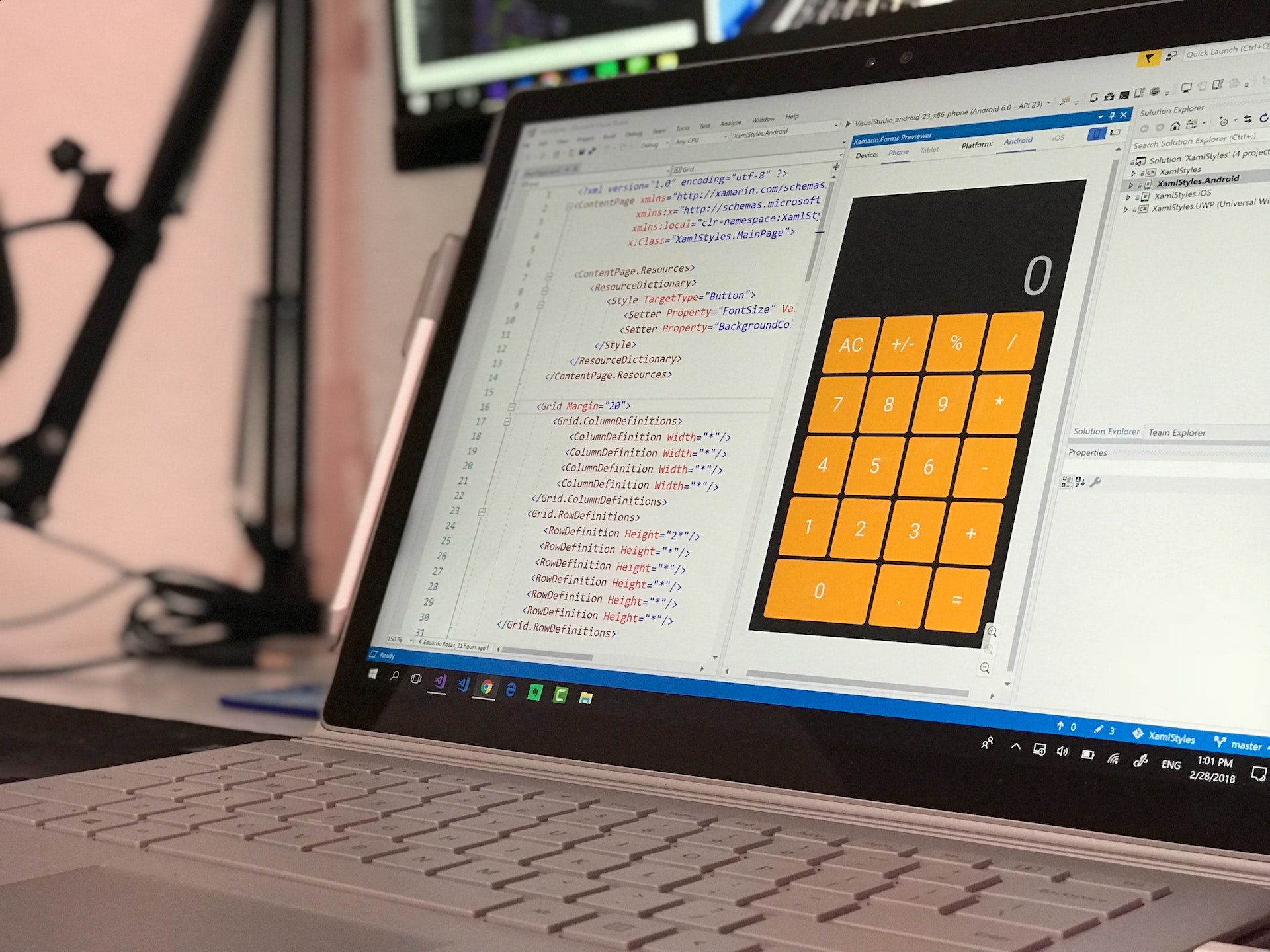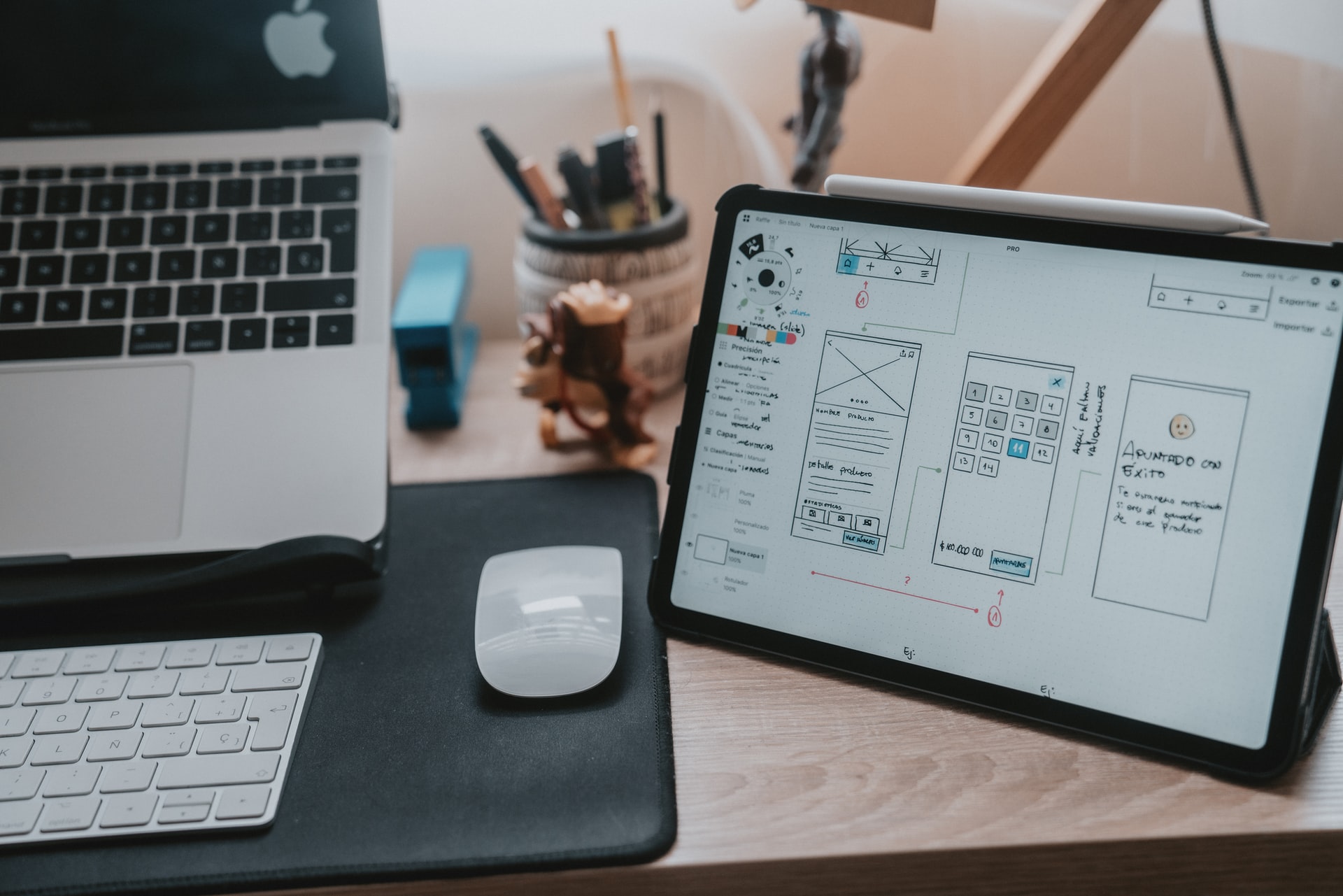If you’re new to the world of mobile app development, there are a few key things you need to know about the technology behind these popular applications. It’s important to have a basic understanding of the different types of mobile app development platforms, as well as the various methods for creating and deploying apps. Here are 8 tech basics of mobile apps that will help get you started.

1. Mobile App Development Platforms
There are two main types of mobile app development platforms: native and hybrid. Native apps are developed specifically for a particular mobile operating system, such as iOS or Android. Hybrid apps, on the other hand, are created using web technologies and can be run on multiple platforms. Additionally, mobile development and consulting firms often specialize in one or the other type of platform. It’s important to choose the right platform for your app based on your specific needs and goals. This decision will likely be guided by the skills of your development team, as well as the target market for your app.
2. Native Apps
Native apps are built using the native development tools and languages for a particular mobile platform. For example, iOS apps are written in Objective-C or Swift, while Android apps are written in Java. Native apps have access to all of the features of the underlying operating system, and they can be designed specifically for each device type. This allows for a high degree of customization and a polished user experience. However, developing native apps can be more expensive and time-consuming than other methods. It’s important to weigh the benefits and drawbacks of native app development before deciding if it’s the right choice for your project. This decision will be based on a number of factors, including the skills of your development team, the time and budget available for your project, and the target market for your app.
3. Hybrid Apps
Hybrid apps are created using web technologies, such as HTML, CSS, and JavaScript. They are then wrapped in a native container, which allows them to be deployed on multiple platforms. Hybrid apps have many of the same benefits as native apps, including access to device features and a consistent user experience across devices. However, they can be more difficult to develop and debug than native apps. Additionally, hybrid app performance may not be as good as that of a native app. It’s important to consider these factors when deciding if a hybrid app is right for your project. This decision will likely be based on the specific needs and goals of your app. If you’re unsure which type of app to develop, it’s often best to consult with a mobile development firm that has experience with both native and hybrid app development.
4. Mobile App Development Tools
There are a variety of mobile app development tools available to help you create and deploy your app. These tools can be divided into three main categories: IDE, SDK, and build tools. IDEs, or integrated development environments, provide a complete set of tools for app development. SDKs, or software development kits, contain the necessary libraries and tools for specific platforms. Build tools help automate the process of creating and deploying apps. It’s important to choose the right toolset for your project based on your specific needs and goals. Also, be sure to consult with your development team to see what tools they are most familiar with.
5. IDEs
IDEs are full-featured development environments that can be used for a variety of programming tasks. They typically include an editor, compiler, debugger, and other tools necessary for app development. Popular IDEs for mobile app development include Xcode (for iOS) and Android Studio (for Android). It’s important to choose an IDE that is well-suited to the specific needs of your project. Additionally, many IDEs offer a wide range of plugins and extensions to further customize your development experience. It’s important to choose an IDE that is well-supported and regularly updated.
6. SDKs
SDKs are collections of libraries and tools that are specific to a particular platform. They provide everything you need to develop apps for that platform. SDKs usually include an IDE, compiler, debugger, and other tools. Popular mobile SDKs include the iOS SDK and the Android SDK. It’s important to choose an SDK that is well-suited to the specific needs of your project. Additionally, many SDKs offer a wide range of plugins and extensions to further customize your development experience. It’s important to choose an SDK that is well-supported and regularly updated.
7. Build Tools
Build tools help automate the process of creating and deploying apps. They can be used to create builds for multiple platforms from a single codebase. Additionally, build tools can help manage dependencies and handle packaging and signing. Popular build tools include Apache Ant and Gradle. It’s important to choose a build tool that is well-suited to the specific needs of your project. Additionally, many build tools offer a wide range of plugins and extensions to further customize your development experience. It’s important to choose a build tool that is well-supported and regularly updated.
8. Mobile App Development Process
The mobile app development process typically includes the following steps: ideation, planning, design, development, testing, deployment, and maintenance. It’s important to carefully consider each step in the process to ensure a successful outcome. The specific details of the mobile app development process will vary depending on the project, but there are some general best practices that should be followed. Also, be sure to consult with your development team to see what processes they are most familiar with.

There are a number of important considerations to keep in mind when developing a mobile app. These include choosing the right platform, toolset, and development process. Additionally, it’s important to consult with your development team to ensure a successful outcome. By following these guidelines, you can be sure to create a high-quality mobile app that meets the needs of your users. It’s important to remember that the success of your app depends on its ability to solve a real problem for your users. By keeping this in mind, you can be sure to create an app that is both useful and successful.
















